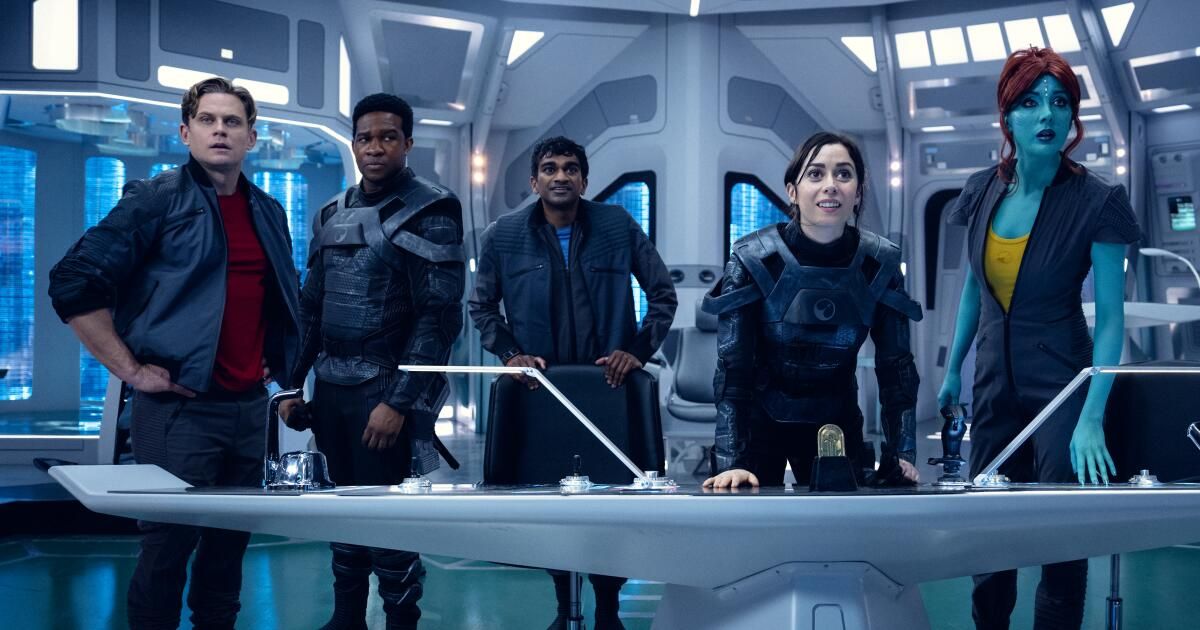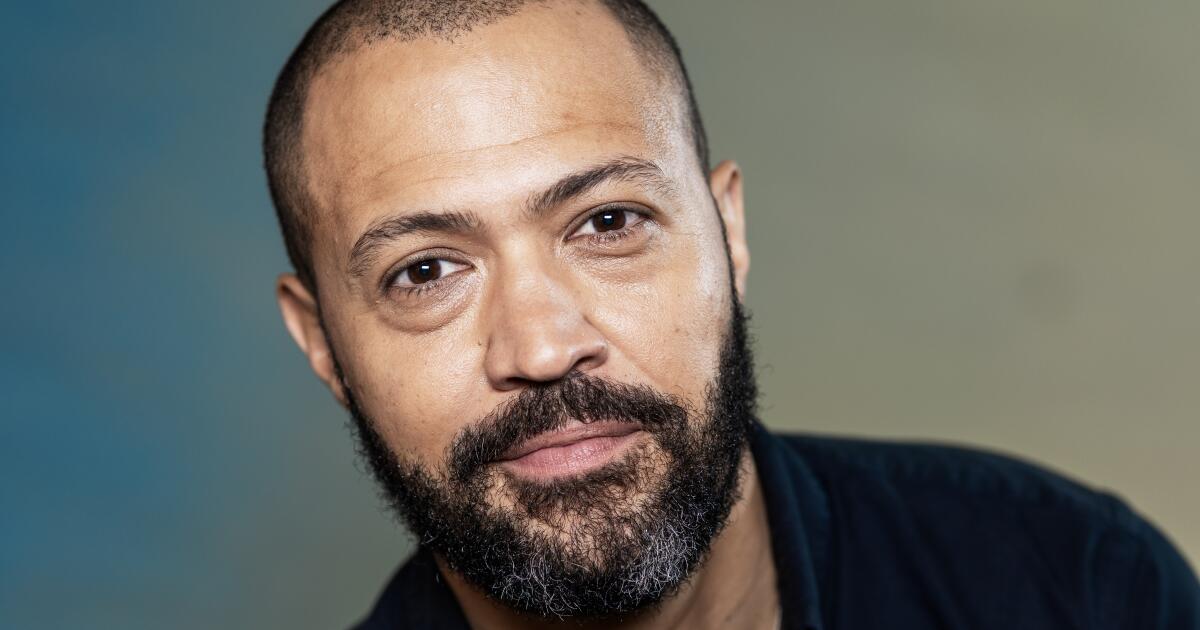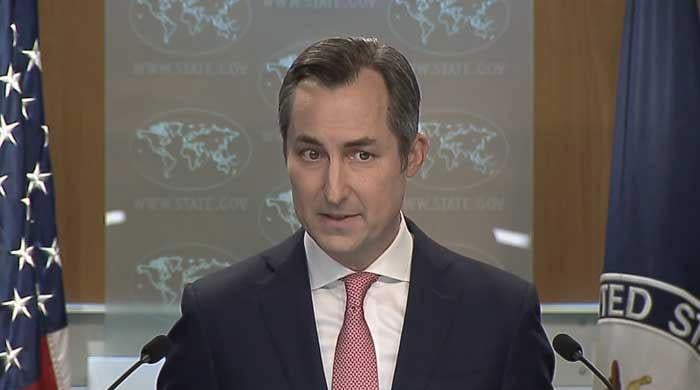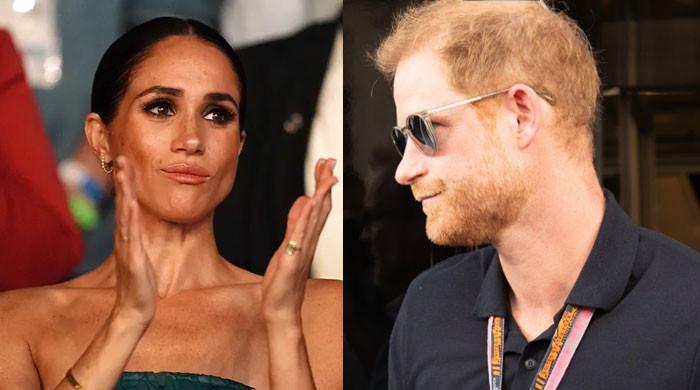WARNING: The following contains spoilers of the “Black Mirror” episode “USS Callister: In infinity. “
There is a reason why “Black Mirror” is not known for the current stories, says his British creator Charlie Brooker. “I tend to kill everyone or leave them too depressed to work at the end of my story,” he says. “The sequelae can be complicated.”
But in the seven years elapsed since the episode of season 4 winner of the Emmy of the Anthology series, “Uss Callister”, the galvanized fans with their fun rendering, exciting and twisted of digital human double Sadaly has helped Sadister. (Jesse Plemons), left for dead. The ideas were percolated, but so did the traps. As Brooker recalled, “there are many corners in which you have painted yourself and the logic of the story that you have to navigate.” But perhaps with more urgency, he said: “If we have killed Darth Vader, what do we do?”
What arose was a long -term follow -up, “USS Callister: Into Infinity”, which premiered on Thursday in Netflix as part of the seventh season of “Black Mirror.” When taking the crew of the spacecraft in a new adventure of real life and the death of the game, the episode is based on a new test of the virtual Nanette Captaincy and a villain turn for the unpleasant commercial partner of Daly Walton (Jimmi Simpson). In addition, Brooker adds, “we knew, due to the only thing about our video game premise, we have to have the real world and the virtual world found.” He felt that these narrative complexities required a first room of “black mirror” writers to solve everything. “This was a different, quite complicated beast. Very fun but a headache to write.”
Milioti compared his separated beings in front of others to “see you in video or listen to a voice mail that have gone to you. It seems to me that it is really discordant.” Nanette Cole of the real world, still undervalued 9 to 5-e, is impressed by the version of itself that runs a ship, but is not mutual for Captain Cole. “The other is so disappointed!”
If the fun to return to sets and family costumes after years came with a kind of “existential dizziness”, Milioti jokes, navigating the precise choreography to act against herself with specialized cameras presented her own challenge. “You really feel crazy trying to remain present with a memory of yourself, where your hand was, eyes lines. It was fascinating and intense, like a dance. For two days, my brain was like an superheated modem.”
Simpson's Virtual Walton (NICE) also returns, but in the cover of a cave man, which required a prefilious training. “I had become the body of complete dad,” says Simpson, who calls the double film days by alternating a complete marriage of performance and technique between looks. Television is not a cinematographic schedule. It is designed to take as shorter as possible. ” But the energy, he says, with much of the original crew that returned, was “addictive.”
He also enjoyed Walton's megalomaniac technological turn from the real world. “Ir thickness and greed become 11, and that was fun,” says Simpson. “People have said that I am always doing something, so I can play villains. My mother doesn't understand it at all.”
Cristin Milioti, on the left, and Jimmi Simpson in “USS Callister: into infinity.”
(Nick Wall / Netflix)
The director who returns, Toby Haynes, calls the original “a perfect script, an orderly cocailr”, but describes “Infinity” as “perhaps the most ambitious episode of 'Mirror Black” never done “. If the blatant replication of the original” Star Trek “was his definitive aesthetics, this danger of action faster, of action, a visual language was promoted by the games. Design and visual effects when people fragment, that was fun to explore, “he says. The signs of classical science fiction were still there, including Nanette's attire deliberately evoking Ripley in” Aliens “and the space combat that” Star Wars “evokes, but Haynes also wanted to rely on what makes these stories original.” It is no longer a pastiche; It is his, “he says,” which is really exciting. “
The most tense confrontation within the sequel game takes place in a virtual suburban garage, that mythical place of technological origin, where a more wise and harder Nanette finds a younger and innocent daly (a return full). Brooker says: “We always wanted that juxtaposition, with the dynamics slightly altered. She needs her help, and he is a complex figure. If we had not done a good job, it would have been unbearable to cut two people who speak from a space battle.”
Cue Haynes, who knew how to present the time of opening the door with a suspense of another world: light, fog, a silhouette Nanette. “I wanted this to be my moment of Spielberg, accumulating this divine chill and Nanette facing his abuser.”
The meeting with Pets was a favorite Milioti scene. “I like things that explore different facets of people,” she says. “She is a different person, exhausted and without disbelief that she has dealt again with this person, and you are devastated by her loneliness, how bad she wants to connect and how she twisted. There was much to dig. We filmed for four days in a room. He felt like a two -handed game.”
With the drama, comedy and Amped's action this time, Brooker knows that he has done something “quite conventional” for his often gloomy and beloved narration exit. “It's almost familiar, apart from language,” he jokes. “But it still has the distilled essence of 'Mirror Negro', those elements and ingredients. I hope people feel that we are proud of the first.”












